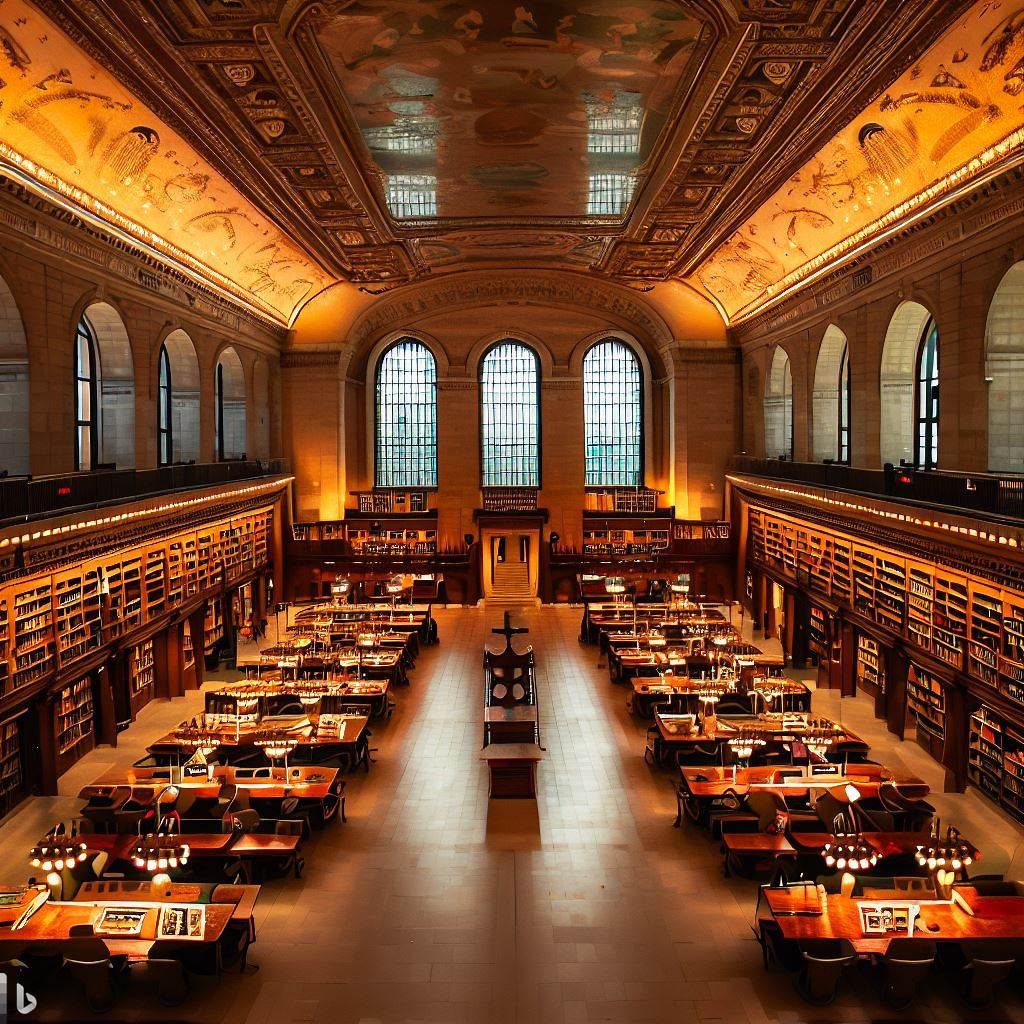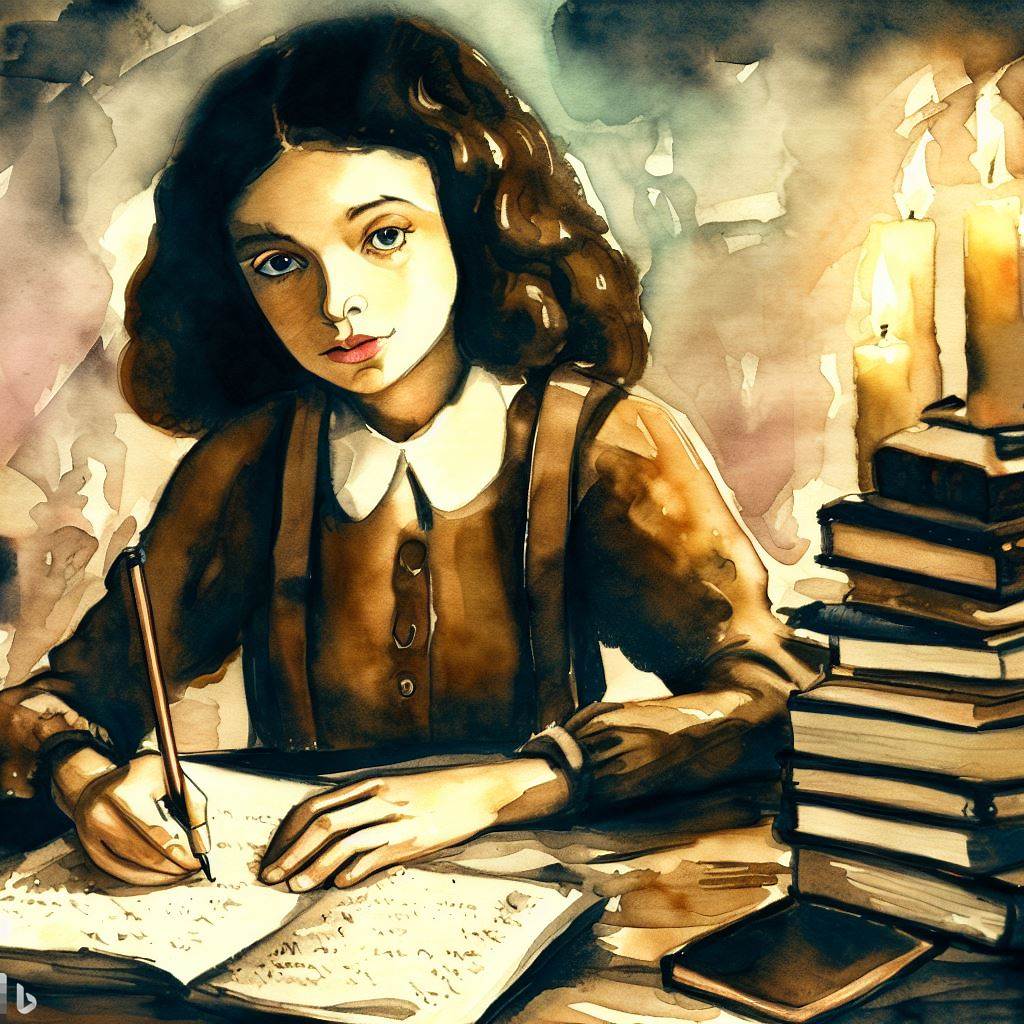As a passionate reader and literature enthusiast, I have come across several literary greats throughout my life. From Pablo Neruda and Gabriel Garcia Marquez to Emily Dickinson and Maya Angelou, each author has left an indelible mark on my soul. This time, however, I’d like to share with you the fascinating story of Oscar Hijuelos, a Cuban-American writer whose works transcend the boundaries of time, space, and culture. Drawing inspiration from his own experiences and love for music, Hijuelos crafts poignant narratives that touch the heart in ways that are hard to describe. In this blog post, I invite you to join me in discovering the literary genius of Oscar Hijuelos.
Oscar Hijuelos was born on August 24, 1951, to Cuban immigrants in New York City. Growing up in a bilingual household, he was exposed to both the Spanish and English languages, which would later become the hallmark of his literary style. From an early age, Hijuelos showed a natural inclination towards writing and music, two passions that would shape his artistic career. His first novel, Our House in the Last World, was published in 1983, and it earned him critical acclaim, including the prestigious Rome Prize and the Pulitzer Prize for Fiction.
One of the notable features of Hijuelos’ work is his ability to capture the multifaceted identity of the Cuban-American community, which has been influenced by both the United States and Cuba. Through his novels, Hijuelos explores the themes of love, friendship, family, migration, and cultural heritage, all of which resonate deeply with the readers. For instance, in The Mambo Kings Play Songs of Love, Hijuelos tells the story of two Cuban brothers who come to New York City to pursue their dream of becoming musicians. Through their struggles and triumphs, the author sheds light on the complexities of the immigrant experience and the transformative power of music.
Another remarkable aspect of Hijuelos’ writing is his ability to infuse his narratives with vibrant imagery and sensory details. Whether he is describing the bustling streets of Havana or the smoky jazz clubs of Harlem, Hijuelos paints vivid pictures that transport the reader to another time and place. His prose is both lyrical and down-to-earth, a testament to his mastery of language and his deep understanding of the human condition. As he once said, “I try to write like a musician plays, composing harmonies and rhythms that stay with you.”
In addition to his novels, Hijuelos also wrote essays, memoirs, and screenplays, showcasing his versatility as a writer. He collaborated with the legendary filmmaker Woody Allen on the screenplay for the movie “Hanna and Her Sisters,” which won an Academy Award for Best Original Screenplay in 1987. Hijuelos was also an advocate for diversity and social justice, using his voice to raise awareness about issues affecting marginalized communities.
Sadly, Oscar Hijuelos passed away on October 12, 2013, leaving behind a rich legacy of literature that continues to inspire readers around the world. His books have been translated into numerous languages, and his impact on the literary scene has been recognized by many. Through his writing, Oscar Hijuelos has given voice to the Cuban-American experience, and he has shown us that love and music can transcend even the toughest of circumstances.
Discovering the literary genius of Oscar Hijuelos has been a humbling and uplifting experience. As I delved into his works, I was transported to a world of rhythm, melody, and emotion, where the power of words was at its fullest. Oscar Hijuelos has left an indelible mark on the literary world, and his legacy will continue to inspire generations of writers and readers to come. If you haven’t read his books yet, I urge you to do so. You won’t regret it.

